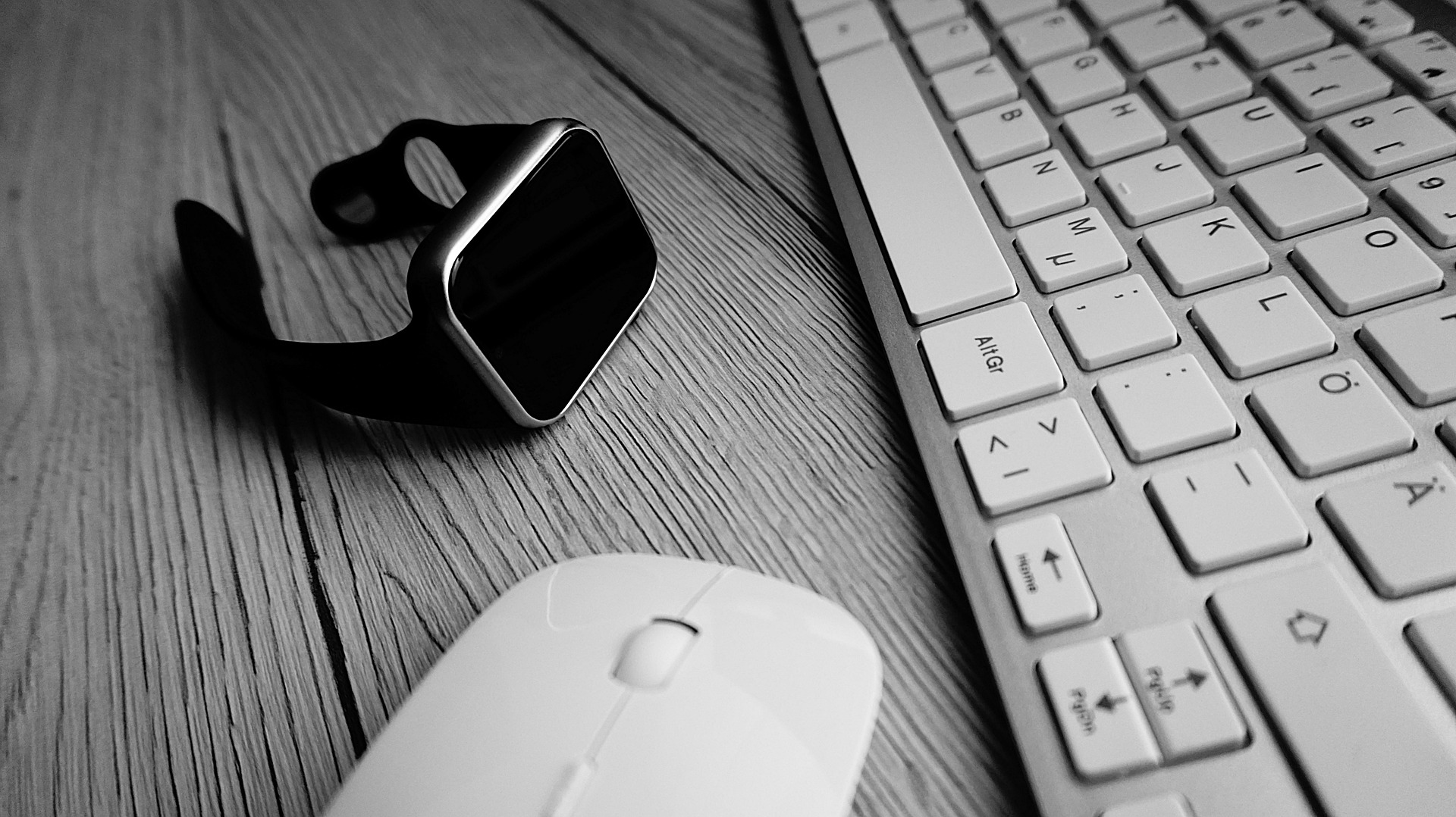Thriving in the Digital Age: How Blue Light Impacts Your Health and How to Mitigate Its Effects
Our lives are bathed in blue light. From the glow of our smartphones to the radiance of our computer screens, we are constantly exposed to this ubiquitous yet little-understood aspect of our digital age. But what is blue light, and how does it impact our health?

Understanding Blue Light: A Journey through Time and Science
Blue light is part of the visible light spectrum, which also includes red, orange, yellow, green, and violet light. However, blue light has the shortest wavelength and the highest energy, which can cause damage to our eyes and disrupt our sleep patterns.
The concept of light’s impact on health dates back to the early 19th century when researchers discovered that light could treat certain skin diseases. With the advent of the digital age, our exposure to artificial light, particularly blue light, has dramatically increased, prompting a new wave of scientific research.
The Effects of Blue Light: A Modern Health Concern
Recent studies suggest that prolonged exposure to blue light can strain our eyes, leading to digital eyestrain or computer vision syndrome. Symptoms include dry eyes, blurred vision, and headaches. More concerning, some research indicates that long-term exposure to blue light may contribute to macular degeneration, a leading cause of blindness.
Blue light can also disrupt our circadian rhythm, the body’s internal clock that signals when to sleep and wake. This disruption can lead to sleep disorders and other health issues, such as depression, diabetes, and cardiovascular disease.
Mindful Screen Time: Balancing Digital Life and Health
While technology is an integral part of modern life, being mindful of our screen time can mitigate the harmful effects of blue light. Consider these strategies:
-
Limit screen time before bed: The National Sleep Foundation recommends turning off digital devices at least two hours before bedtime.
-
Use blue light filters: Many devices now offer built-in settings to reduce blue light emission.
-
Take frequent breaks: The American Academy of Ophthalmology suggests the 20-20-20 rule—every 20 minutes, look at something 20 feet away for 20 seconds.
A Glimpse into the Future: Innovative Approaches to Blue Light Exposure
In response to growing concerns about blue light, innovators are developing new technologies and products. Blue light glasses are becoming increasingly popular, promising to block blue light and reduce digital eyestrain. Meanwhile, scientists continue to study the effects of blue light on our health, paving the way for future solutions.
Quick Tips for Blue Light Management
-
Use a blue light filter on your devices
-
Take regular breaks from screen time
-
Try blue light glasses
-
Limit device use before bed
In conclusion, while blue light is an inevitable part of our digital lives, understanding its impact on our health and adopting proactive strategies can help us navigate the digital age more healthily. As technology continues to advance, so too will our ability to manage and mitigate the effects of blue light. Remember, a healthier digital life is within your reach.




